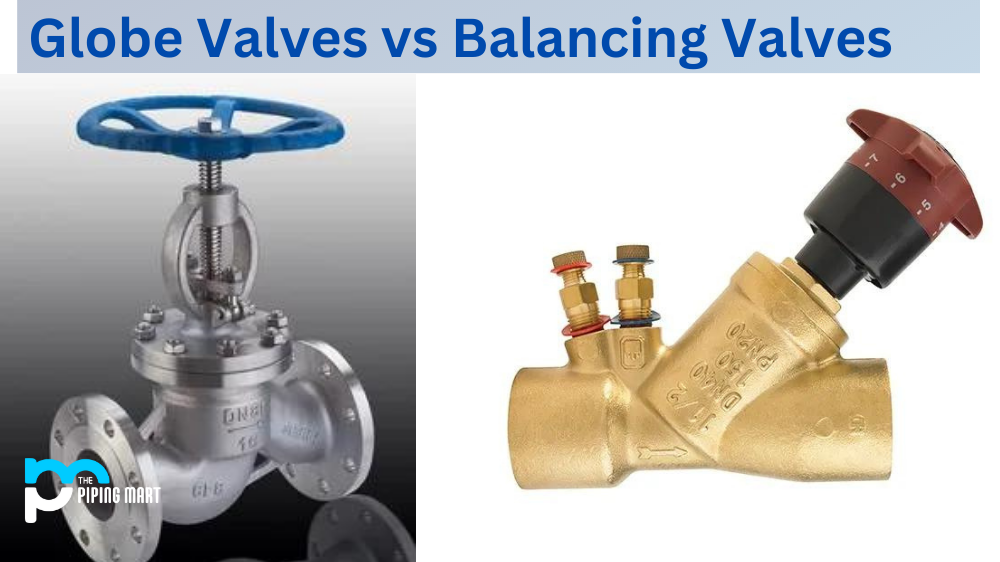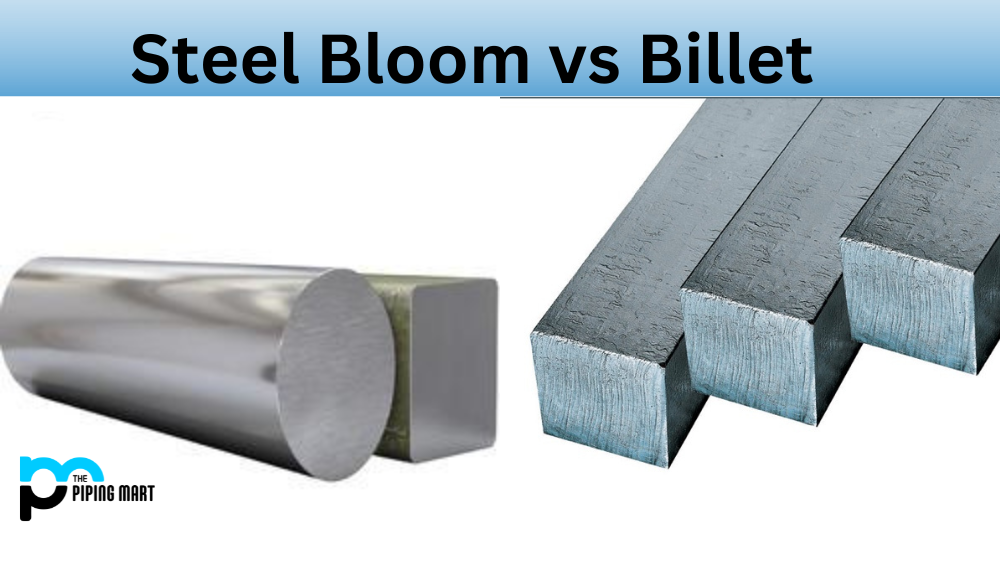When controlling the flow of fluids through a pipeline, choosing the correct valve is crucial. Two popular options are globe valves and balancing valves. While each type of valve has its specific function, deciding which one best suits your needs can be challenging. This article will examine the globe and balancing valves and compare their features, applications, benefits, and drawbacks.
Globe Valve
Globe valves use a disk and seat to regulate the flow of fluids in a pipeline. Globe valves are effective in controlling flow velocity, pressure, and temperature. They are commonly used for low-pressure and low-temperature applications. Globe valves are ideal for applications that require precise adjustments, as they can be fine-tuned for accurate flow control. They are commonly used in systems where tight shut-off is essential, such as gas pipelines. Globe valves have some disadvantages, including their size and cost, making them impractical for specific applications.
Balancing Valve
Balancing valves stabilize water flow in a system and distribute water evenly to each pipe. Balancing valves can regulate the pressure drop and flow rate of water in each line. They are typically used in large commercial or industrial systems. Balancing valves can help improve energy efficiency, reduce water usage, and prolong the lifespan of pipes. Balancing valves also balance the water temperature in a system created by the pipe length or location difference. Balancing valves are cost-effective, easy to maintain, and do not produce any noise. However, they require regular inspection and adjustment, and their precision may be lower than globe valves.
Difference Between Globe Valve and Balancing Valve
Applications
Globe valves are commonly used in gas pipelines, oil and gas refineries, and chemical plants. They are also used in hydraulics, steam applications, heating, ventilation, and air conditioning (HVAC) systems where low pressure, high temperature, and precise flow control are required. Balancing valves are used in HVAC systems, especially in more significant buildings or commercial spaces, to maintain uniform water temperature, mitigate the risk of water hammer, prolong the life of pipes, and increase energy efficiency.
Benefits and Drawbacks
Globe valves offer precise flow regulation and can handle high-temperature and high-pressure applications. They also provide tight shut off to prevent leaks. However, they are bulky, expensive, and require frequent maintenance. Balancing valves offer cost-effective flow regulation, promote energy efficiency, and improve pipe longevity. However, they require regular inspection and adjustment and may provide a different level of precision than globe valves offer.
Other Differences
- Globe valves control the flow of fluids in a piping system, while balancing valves maintain a constant flow rate of liquid in a system.
- Globe valves have a round body with a plug that can be moved up or down to open or close the valve, while balancing valves have a cylindrical body with a pin that can be rotated to open or close the valve.
- Globe valves are typically used for on/off applications, while balancing valves are usually used for regulating or throttling applications.
- Globe valves are more expensive than balancing valves.
- Balancing valves are more accurate than globe valves.
- Balancing valves are easier to maintain than globe valves.
- Globe valves have a higher pressure drop than balancing valves.
- Balancing valves can be used in higher temperature applications than globe valves.
Conclusion
Choosing the right valve type is vital to ensure optimal flow control in a pipeline and create a sustainable system. While globe and balancing valves have similar functions, their application, benefits, and drawbacks differ. It is essential to consider the specific requirements of your system and compare the advantages and disadvantages of each valve type before making a decision. Selecting the appropriate valve will ensure that your pipeline operates efficiently, cost-effectively, and reliably for years.

Abhishek is a seasoned blogger and industry expert, sharing his insights and knowledge on various topics. With his research, Abhishek offers valuable insights and tips for professionals and enthusiasts. Follow him for expert advice on the latest trends and developments in the metal industry.




